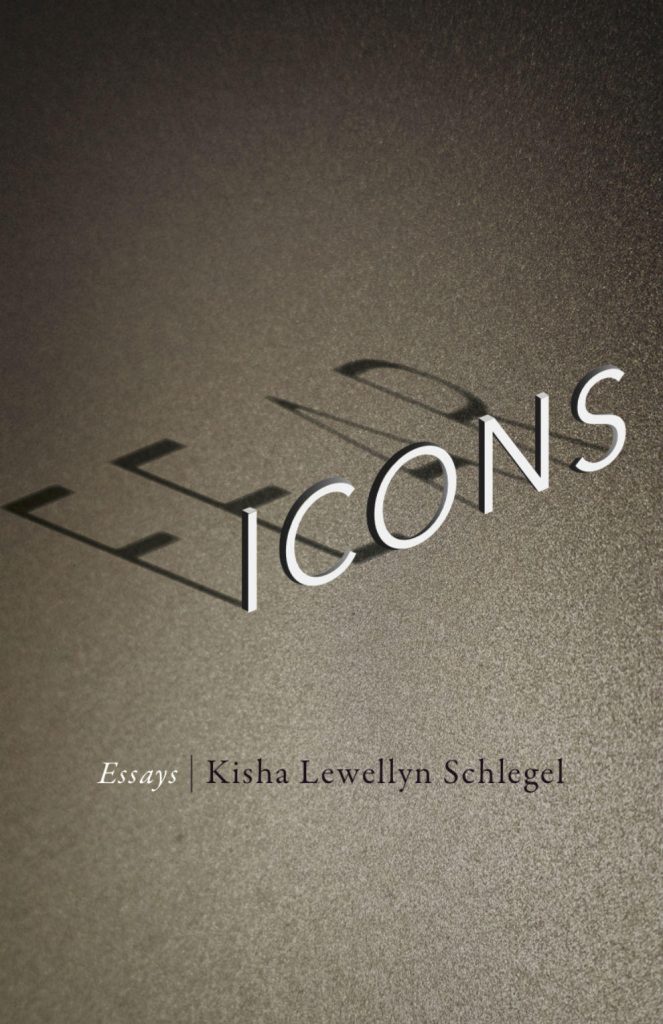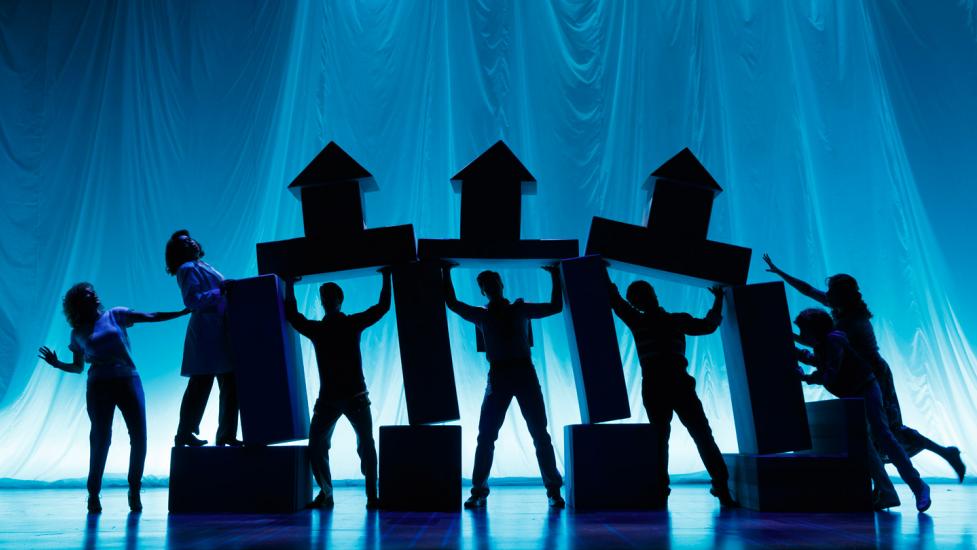Narrative Visual Perspective in English
The Listener Lyric Project
The Listener Lyric Project has been one of my very favorite projects we have done for Freestyle English. It’s a second person perspective essay that tells the story of someone other than yourself using a combination of essay writing and poetic techniques.
To create the essays, everyone in class picked a person to interview about something that was different between them. There were interviews with gay people, disabled people, immigrants. I interviewed a friend about her experience being biracial, specifically half-Japanese. I loved just talking with her and learning her stories and struggles that I had been unaware of. But I also loved learning about the joys she has gotten from being a part of her beautiful culture. The essay can be read below.
自分を知る
Jibun o shiru
You remember when you were called Junko.
It’s your middle name, and you were called that at the Japanese summer camp you went to every year. It was fun, because everyone else had names like that too, and everyone pronounced it so easily. It was normal.
Until it wasn’t.
You walk into school, and a woman you know from the camp is there. When she calls you Junko, all the other kids are curious. Who’s Junko? You nervously raise your hand, and take in their confusion. They’re staring at you. You feel like a lone neon sign flashing brightly on a dark city street. Eyes boring into the back of your head, and whispers eating your ears. Why is she called that? They soon learn that when you spell it out, it looks like junk-o.
Junky, junky, junk-o.
You ask the teacher to stop calling you. You ask the students to stop calling you that. In fact, you ask everyone at the summer camp as well.
From then on, you’re only known by your American name, the one all the other white kids at school have no trouble pronouncing. Even at camp, where everyone had a name like that.
You shoved your culture away in a box and locked it in a closet and emphasized only one half of yourself. The acceptable half, clean and pristine and very much white.
After that, you find yourself rejecting things that used to be so common. At the Obon festival you watch people dance gleefully in circles. It looks fun, but you don’t dance. It used to just be because you didn’t feel like it, but now you respond with a far harsher no, and ask your parents if you can leave.
You don’t want to be half-Japanese anymore.
But one year at Obon, something changes. You go with your Brazilian friend, and she wonders why you two don’t dance. It looks like so much fun! And with her words you realize that not everyone is out to get you, to judge you.
Why are you forcing yourself not to do these things, not to talk about these things? Who cares what other people think? There will be people who love you anyway, people who will open the box in the closet and love everything that isn’t so white and pristine and acceptable.
Nowadays you tend to feel a bit ashamed. You lost so much time hiding away a part of yourself. No one calls you Junko anymore, and there’s a part of you that misses it. Still, you’re happier with yourself now. Yet challenges seem to rear their ugly heads anyway. Wasn’t accepting yourself enough?
It can never be easy for you, being part of two separate worlds yet never really part of either.
You go to the store to buy food, and when you pay, rather than hand off the money to the cashier, you place it on the counter. Everyone else hands it to them. You know it’s strange, and it tends to annoy the cashiers. You aren’t afraid of touching their hands, no, not at all. That’s just what you learned to do.
In Japan they have trays for money, and you pass the tray with two hands to show respect. They put your change on the tray too, and pass it back just as politely. It’s normal.
Next time, you remember to hand them the money instead.
You go to the movies, excited to see the finale of your favorite series. By the end, the lights come up in the theater and you’re crying. But it’s not because of the end of the movie, nor the character deaths. No, it’s because you saw hundreds of characters on that screen, hundreds, and only one that looked even slightly like you.
They weren’t even a main character.
You wonder how you can love a franchise so much and never see your face reflected in it.
In English class, a boy makes a one-off comment about how he agrees with a character in a book, how interracial marriage shouldn’t be legal. You slump in your seat at his words. Despite living in an area with many mixed race Asians, you find yourself being the only half-Asian in the class.
This kid is saying you shouldn’t exist.
You remember when your dad explained to you at five years old how there are people who won’t accept him and your mom. People who think it’s wrong. You didn’t think you would experience it firsthand so soon.
It’s not all bad though. No, no it’s never all bad. When these things happen, the judgemental pricks sticking in your skin, you just remember Obon dancing and kimonos and eating taiyaki on the streets of Japan.
You know you are an experience, a million colors melding together into something complete, something new. You face challenges, but you accept and overcome. You know yourself.
Two countries, two identities. It used to feel like a burden, but now you know better. Despite the difficulties, you know that it’s a gift.
You feel lucky. Two homes are better than one, you think.
You may notice the photo at the end of the piece. Another challenge when creating our essay was to find a piece of art that represented the story metaphorically. The interviewee actually gave me the idea of concept art when I asked her what she thought a good art piece would be. I decided on Big Hero 6, because it is literally a city made of San Francisco and Tokyo combined. This picture in particular, with the Japanese-style cable car, really encapsulates that feeling. I also love how the picture shows movement from a dark place into the light and onto new horizons. It’s the same story that is told above, about going into the light. Plus, my interviewee loves all things animation and this is one of her favorite movies, so it was a perfect fit.
The interview was pretty long, but for some extra tidbits of information check out this PDF of a transcript of the interview.
Lyrical Essay Author Study
As an honors student, I also did an extra project called the Listener Lyric Author Study. I choose a lyrical essay book to read and take notes on, and then I wrote my own lyrical essay in the style of that author. I also wrote an essay analyzing the choices I made and how they related to the book. I read Fear Icons by Kisha Lewellyn Schelegel. This project really inspired me, and I wrote some of the best writing I have ever done for an English class when I created my own essays.
Here is a PDF of the essays as well as the analysis.

This project became an unexpected favorite. I really felt like I learned more about the experiences of the people around me and the world around me, as well as my own writing ability. This type of writing is never one I thought I’d write, but it turned out to be some of the best writing I’ve ever done, and a style I fit into well. I hope I can keep writing lyrically.
Touchstone
For the final paper before Winter Break, everyone in the English class chose an art piece to research. It could be a movie scene, a painting, a photo, anything. Even with those guidelines, I had a strange choice: a theater set. I had always been enamored by the simple yet effective set design of the 2016 Falsettos revival, so I decided to take on that as my challenge. It was extremely difficult to find sources or even interviews with the designer, but I was able to Frankenstein together enough evidence to support my argument. Here is a PDF of my essay.

This project really helped me figure out how to argue something that I care about. I had an idea of what I wanted to argue, and was able to dig up evidence to support it, despite it being difficult to find any evidence on the show at all. I also learned Chicago format in a way that feels as though it will stick in my brain, as this paper was a passion project rather than something forced upon me.